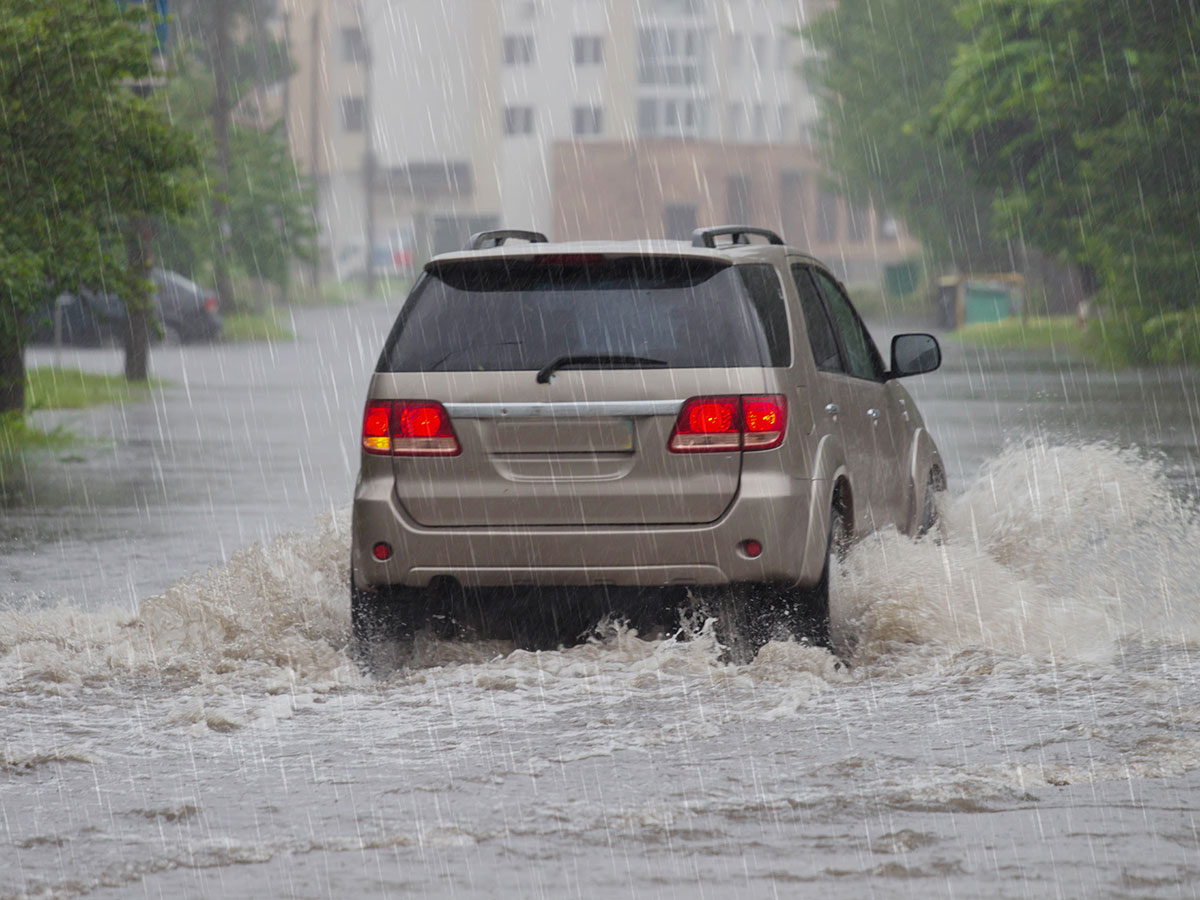Smart heat management delivers significant savings on heating bills
- Home
- 2024
Smart heat management delivers significant savings on heating bills

A research project from the Technical University of Copenhagen demonstrates how intelligent use of the heating systems in multi-apartment buildings can significantly improve the use of remote heating – without compromising comfort or budgets.
Most people are familiar with this scenario: the radiator is turned up fully during winter, yet some residents complain about being cold while others are too hot. Heat distribution is uneven, leading to unnecessarily high operating temperatures, heating bills, and energy waste.
However, according to a new research project from DTU, there is a far smarter way to utilise remote heating that benefits both the environment and finances. The project shows that heating systems, without requiring major investments, can be significantly optimised by leveraging the potential of IoT-based heat meters.
“Many people think that large, expensive renovations are needed to achieve low temperatures, but our study shows that significant improvements can be achieved simply by adjusting how heat is distributed,” explains Michele Tunzi, associate professor at DTU. He led the study, conducted in collaboration with Viborg Varme, BoligViborg, and Brunata, which provided wireless heat meters and IoT-based networks for data collection.
“Our research demonstrates that both the supply and return temperatures can be reduced significantly by optimising heat distribution. This results in major savings on heating bills and environmental impact. And it does not necessarily require investments in insulation or extensive renovations. We simply use the data collected from the building’s wireless consumption meters to manage the heat more intelligently,” Tunzi elaborates.
Learn more about Brunata’s IoT network, LoRaWAN, here
Evenly distributed heat is more efficient
The researchers conducted their experiments in several multi-apartment buildings in Viborg, where Brunata’s IoT-based heat meters were used to analyse how heat could be most effectively distributed within the properties.
The results showed that the supply temperature in the radiators could be reduced below 55 degrees Celsius for the majority of the heating season without affecting residents’ comfort.
By intelligently managing the building’s overall heating system, heat can be distributed more evenly, eliminating large temperature fluctuations from flat to flat.
Tripling the annual heating discount
“We conducted a study in standard apartment complexes in Viborg, Denmark. For an annual heating consumption of 314 MWh distributed across 30 flats, it was estimated that by achieving an average return temperature of 37°C, the tenants could receive an annual discount of approximately DKK 7,000 on their total heating bill,” explains Tunzi.
“But this discount could increase to approximately DKK 24,000 if the average annual return temperature is lowered to 32°C,” Tunzi continues. “This corresponds to a discount of DKK 800 per flat. Conversely, an average return temperature of 45°C would result in a penalty of DKK 14,400 for the tenants,” based on the current bonus and penalty included in Viborg Varme’s heating price structure.
Turning off radiators can be expensive
One surprising conclusion from the study is that the habit of turning off individual radiators during the winter months can prove costly.
“Turning off one radiator in one room forces the other radiators in that flat or in neighbouring flats to compensate for the missing heat to maintain the expected comfort. This results in inefficient and unfair heat distribution among flats,” says Tunzi.
This also means that the return temperature – sent back to the district heating networks – becomes too high, increasing heating costs and environmental impact.

Why turning off the radiator is expensive
Many people do not use all the radiators in their flats, turning them off in certain rooms. However, this forces the radiators in adjacent rooms or flats to work overtime to compensate for the cold from the unheated rooms. This drives up the heating bill – even for your neighbours.
Therefore, it is more economical for everyone to maintain consistent heating in all rooms and flats. In short, you need to turn on all the radiators to control your heating systems optimally and minimise your heating bills.
Green transition with intelligent heat distribution
Intelligent heat distribution not only benefits finances but is also a step towards a more sustainable future. By utilising smart technology and the wireless meters already installed in most properties, heating consumption can be optimised to ensure heat is used more efficiently. Brunata sees significant potential for its customers to leverage its technology to achieve substantial green savings.
“There is a bright future for low-temperature district heating, where both supply and return temperatures can be reduced without compromising comfort. This will deliver considerable financial and environmental savings,” says Jesper Holm Kristoffersen, chief executive officer of Brunata.
The greenest energy is the energy we do not use
“DTU’s research project shows that the future of district heating is not just about renewable energy sources – it is also about using heat smarter. By leveraging technology to improve heat distribution and optimise heating systems, we can significantly reduce energy consumption. And we can do this without making costly investments in new energy improvements,” Jesper Holm Kristoffersen concludes.
Do you want to know more?
Contact us today to learn more about how our solutions can help you optimize energy consumption and save on heating costs.
What happens to your indoor climate when the outdoor temperatures drop?
- Home
- 2024
Year: 2024

Wintertime is the peak season for indoor climate issues, particularly for residents in modern apartment buildings.
When it gets cold outside, humidity levels drop, affecting the indoor climate. When we are ventilating our homes, we’re letting dry air inside. When we at the same time also turn up the heating, the air becomes even drier.
In older buildings, a lower humidity level can sometimes be beneficial, but in modern apartments, especially those built with concrete, this can often cause problems. As the indoor air dries out, wooden floors, walls, countertops, and furniture can crack and split. Perhaps more concerningly, it can also impact residents’ health.
A burden for residents
The team at the Asthma and Allergy Shop (Astma-Allergi Shoppen) knows all about the issues that dry indoor air can cause: “Many people experience problems with dry air in the winter – it triggers asthma and irritates sensitive mucous membranes. For some, it can even lead to nosebleeds,” they explain.
Issues generally begin when humidity drops below 30%. In winter, it can go as low as 7%, which can cause problems for residents with asthma and allergies.
The list of potential discomforts is long: aggravated asthma, dry mucous membranes, sore throat, headache, rough and dry skin, cracked lips and other irritations.
What can be done about it?
First and foremost, it’s essential to keep an eye on indoor climate and humidity. Indoor climate sensors that measure temperature and humidity are ideal for this purpose.
Modern, wireless humidity sensors, like the ones Brunata uses for indoor climate monitoring, can also notify residents and administrators when relative humidity remains at a critical level for an extended period.
It’s always a good idea to air out your home, both in summer and winter. But when outdoor temperatures drop below 0°C, airing out won’t increase indoor humidity, as the humidity outside is low – even if it’s raining.
That’s why moisture needs to be added in other ways. For instance, keeping plants that require regular watering can help. Another option is to dry laundry indoors or shower with the bathroom door open so moisture spreads throughout the flat. But be cautious and avoid letting humidity become too high.
Make it a habit to vent your home frequently
Whether humidity is too high – i.e., over 60% – or too low – i.e., below 40% – it’s important to air out daily. It can be hard to remember to air out in a busy daily routine, but make it a habit, for example, by airing out in the morning while brushing your teeth, when you get home from work, and again in the evening before bed.
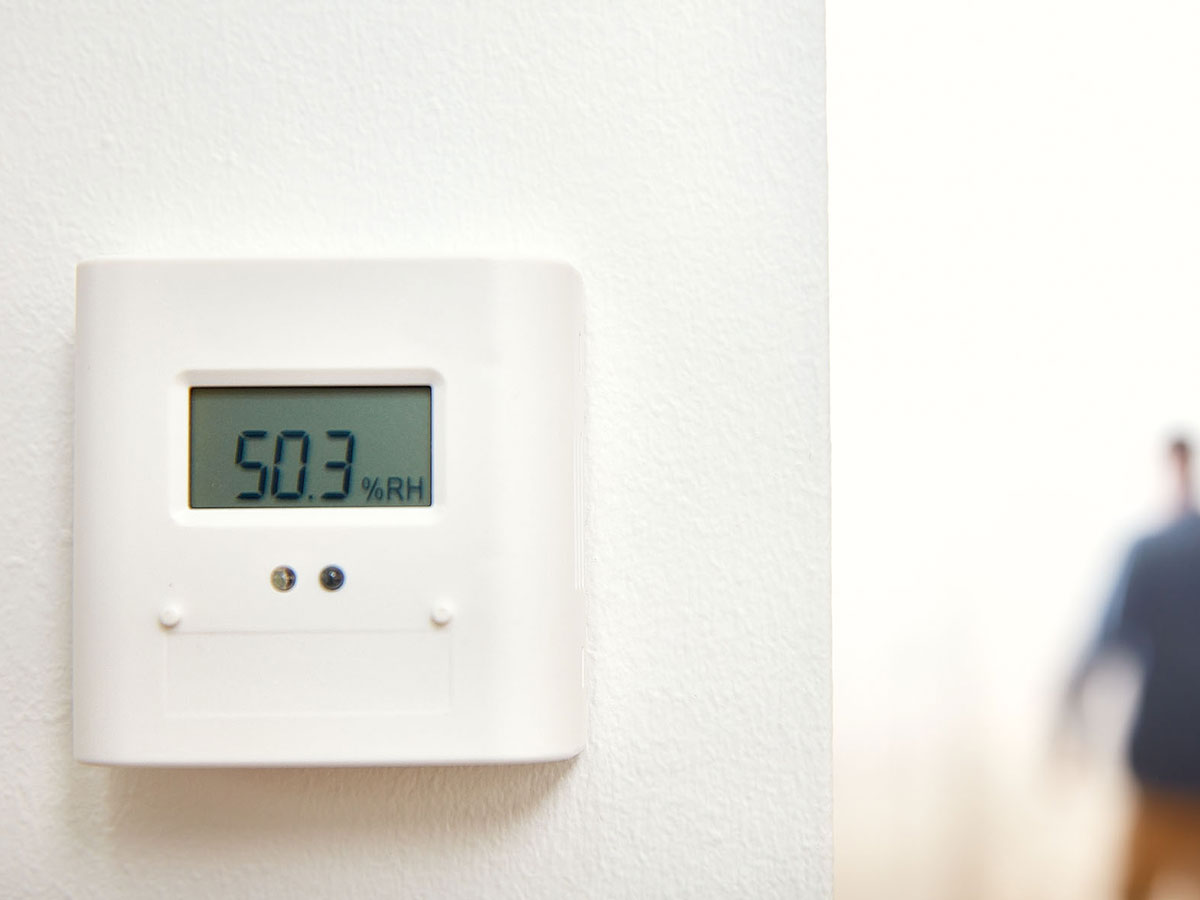
Do you want to ensure a healthy and comfortable indoor climate in your home?
With Brunata’s intelligent indoor climate sensors, you can easily monitor and optimize humidity and temperature in your living space.
Leading Turkish metering company becomes part of Brunata-Minol-ZENNER Group
- Home
- 2024
Year: 2024
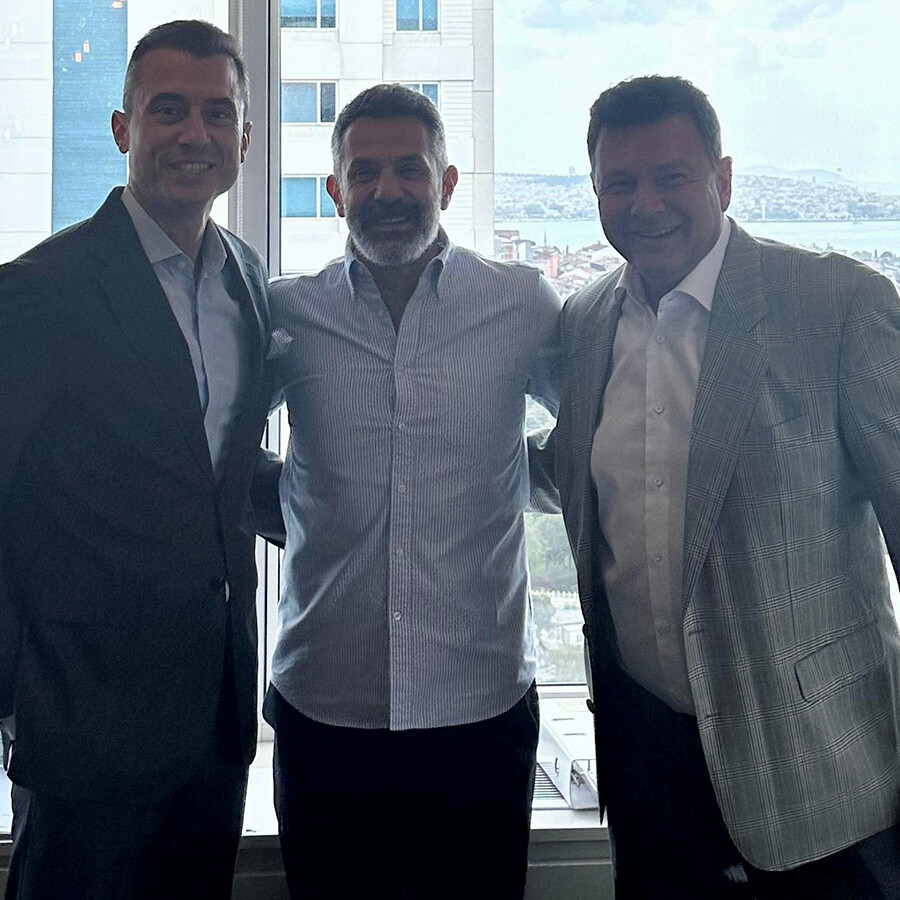
Press release
We are thrilled to announce that Brunata International, part of the Brunata-Minol-ZENNER Group, is teaming up with Kodsan Termosar Enerji Sistemleri A.S (KMT), a leading Turkish company specializing in energy measurement and billing systems. Going forward, KMT will operate under the name Brunata ZENNER–part of Minol, to further strengthen the company’s operations in the country.
KMT has a history going back to 2008. Over the years, the company has established a solid reputation for innovation and customer service, providing products and services for heat and water consumption measurement, billing, and system installations. Brunata will take over the majority of KMT’s shares to further support the company’s growth.
Expanding our international footprint
This acquisition is an important step forward for us at Brunata as we continue to expand our international reach. As Brunata International Holding’s CEO, Kristian Voldby Olesen, puts it:
‘We are thrilled to welcome our new Turkish colleagues and look forward to leveraging our combined strengths. KMT has seen significant development, and we are eager to help accelerate this momentum. By integrating our IoT technology and data-driven solutions, we will help our clients in Türkiye measure and use energy resources smarter and more efficiently, helping them reduce their environmental footprint.’
A new chapter for Brunata ZENNER Türkiye
Recep Girişmen, General Manager of BrunataZENNER Türkiye, shares the excitement for the future:
‘Since 2008, it has been a privilege to be part of KMTs growth. Now, joining Brunata we are entering a new phase, allowing us to enhance our services in Türkiye further. We are committed to providing even better solutions to our existing clients while strengthening our position in the market with new opportunities as BrunataZENNER-part of Minol.
We extend our sincere gratitude to our former partners, especially Kodsan Isı Teknolojileri A.Ş., for their valuable contributions over the years, and we wish them continued success in their future endeavours.’
About Brunata-Minol-ZENNER
Brunata-Minol-ZENNNER is a leading European clean-tech company specialising in energy efficiency and metering technologies. We operate across multiple countries, helping customers optimise their energy consumption through advanced IoT technology and innovative data-driven solutions.
For information
Kristian Voldby Olsen, CEO Brunata International, phone +45 50 60 49 13
Recep Girişmen, General Manager of BrunataZENNER Türkiye, phone 0850 532 04 04
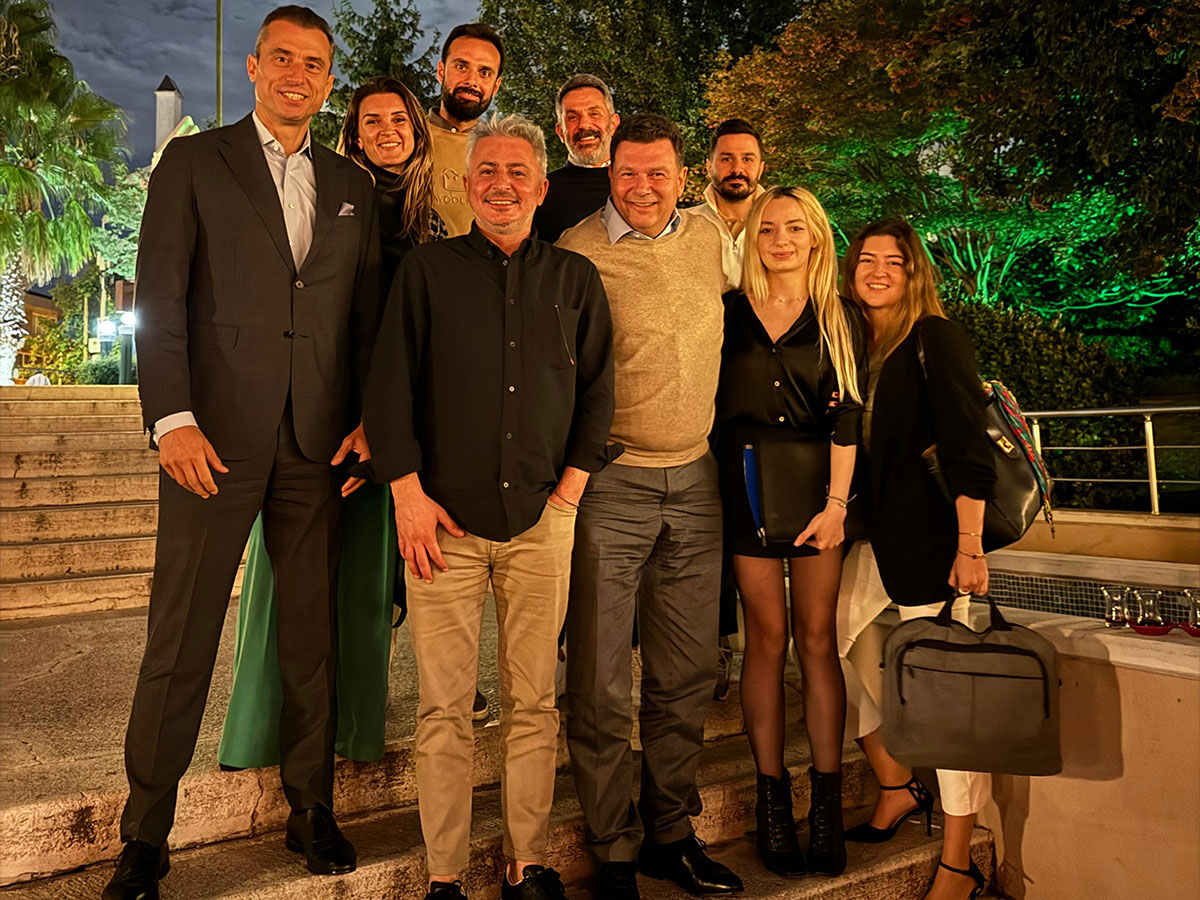
Smart sensors a new defense against flooding and heavy rain
- Home
- 2024
Year: 2024
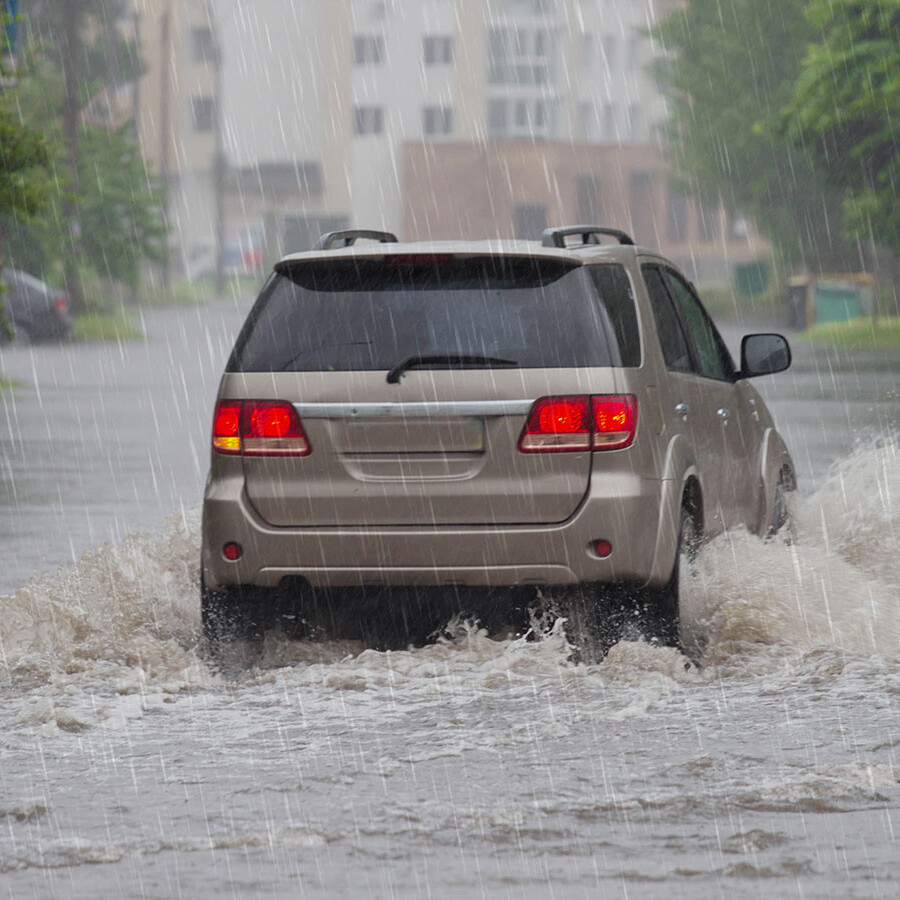
Climate change means that cloudbursts and flooding will become more frequent and severe in the future. Currently, Brunata is monitoring the experiences from a pilot project in Germany, where both sensors and artificial intelligence are being utilized in the fight against these climate events.
Physical climate protection is neither easy nor cheap. However, modern technology used in Germany may deliver far better results from investments in the future — also in Denmark and the rest of Europe. During serious climate events such as cloudbursts and flooding, it is crucial for emergency services to receive real-time information about the severity of the situation. Examples of such information include water levels in waterways, basins, wells, sewers, and more.
In Germany, Brunata’s sister company Zenner has entered into a partnership with the utility company Stadtwerke Schwerte, located in Schwerte (with nearly 50,000 inhabitants) near the Ruhr River, close to Dortmund. The background for this collaboration was a devastating flood in 2021 and a desire to strengthen preparedness and reduce damage effects in the future. The progress of the project is being monitored continuously in Denmark and other European countries.
“Cities across Europe are investing enormous amounts in climate protection these years. Our German colleagues’ project has the potential to increase the value of these investments, ensuring that money and efforts are used most efficiently. The solution can be seen as a climate cockpit that makes it possible to prevent and navigate faster and better through imminent floods,” says Kristian Voldby Olsen, CEO of Brunata International.
The purpose of the project is to make it easier to prevent and manage the consequences of heavy rainfalls and flooding. With ultrasound, the sensors measure water levels at critical points in the urban area. Data transmission is carried out via a LoRaWAN network, which is particularly suitable for many small battery-powered sensors due to the network’s long range.
The data can be accessed by the city’s drainage system in real-time on a smartphone, iPad, or computer. When water levels exceed a critical threshold, the responsible emergency services are alerted. They then take appropriate measures, such as removing obstacles like floating trees from pipes or bridges, laying sandbags, etc.
When the sensors were installed in 2023, there was hardly any water due to drought. However, data was collected, and benchmarks and risk levels were established. By Christmas 2023, the system proved its value to Stadtwerke Schwerte when high water levels reached alarming heights in the Ruhr River, which flows through the city. The solution made it easier to assess and handle the threat. Based on these experiences, further development of the solution is now underway.
Artificial intelligence joins the fight
The success is confirmed by new expansion plans for the municipality and its utility company. Throughout the year, additional points along the waterways and sewer systems will be equipped with sensors. The conditions in the city’s sewer network are particularly interesting. Even though the capacity of the sewer network is regularly calculated using hydraulic sewer network calculations, the calculation is based on virtual computer models.
All this data will soon be processed in an AI-based warning system. It is expected that this will contribute to significantly better predictions of where flooding may occur in Schwerte in the event of cloudbursts or flooding. Despite all technological advances, the increasing number of cloudburst events cannot be prevented, but the city will now be much better equipped to respond to them and protect its citizens.
“Today, we provide comprehensive solutions for measuring and controlling the consumption of electricity, water, and heat. We hope that the project can equip us with the knowledge that, in a few years, will enable us to establish plug-and-play solutions for climate protection,” says Kristian Voldby Olsen, CEO of Brunata International.
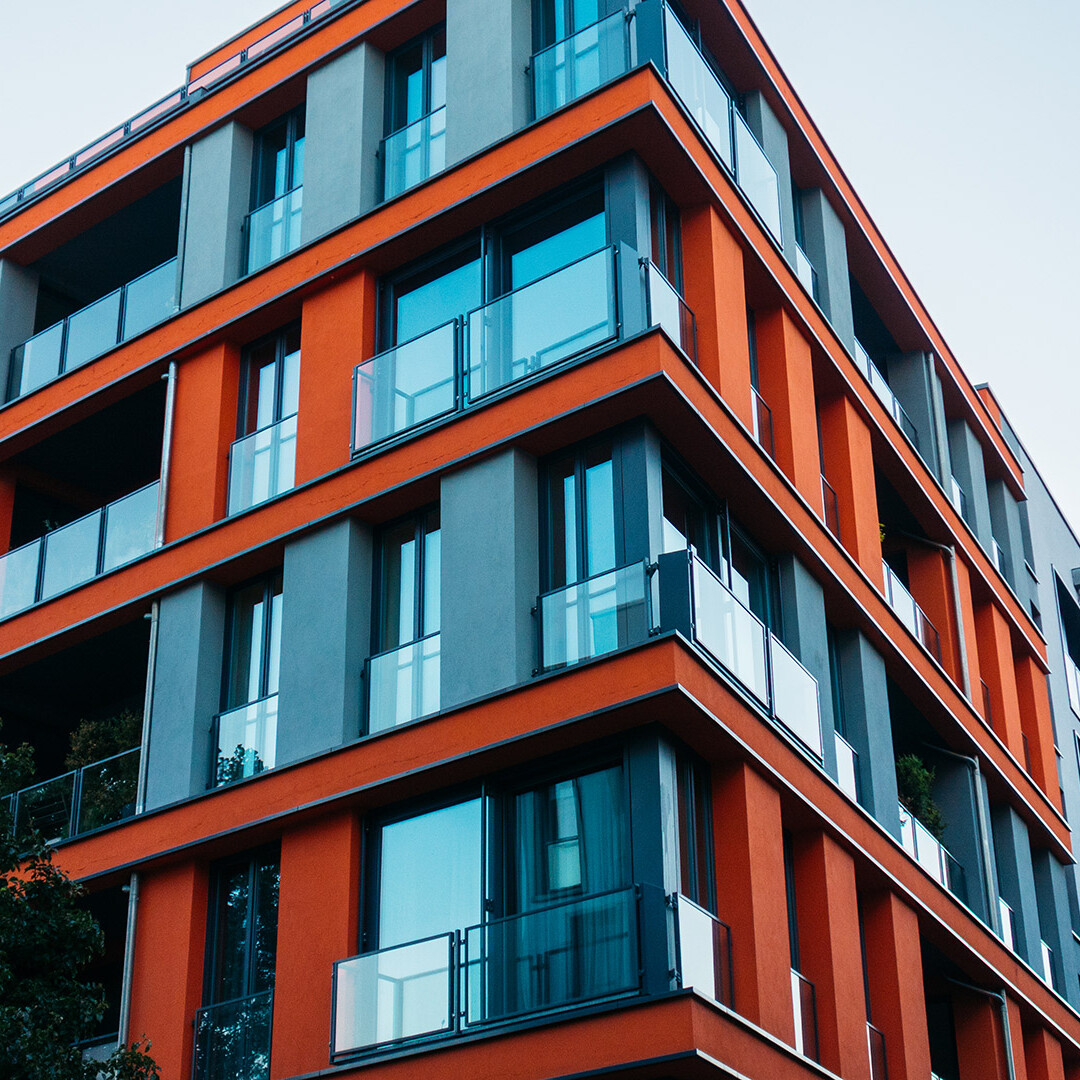
Explore our Smart Building solutions
Make your buildings intelligent with Brunata’s Smart Building solutions! We offer IoT-based monitoring and management that protect against damage and optimize resource consumption. Experience the benefits of real-time data and see how our solutions can help you create a safer and more efficient environment.
About Brunata:
Brunata is part of the Brunata-Minol-ZENNER group, which has 4,200 employees worldwide and local partners in more than 100 countries. Brunata is one of Europe’s leading specialists in energy measurement, meters, individual metering, and property-based IoT solutions and energy management.
The LoRaWAN® network enables Brunata to offer telecommunications infrastructure for tailored and smart solutions in the Internet of Things to energy providers, the housing sector, cities, and municipalities, as well as municipal utilities and industrial companies. The group has over 20,000 gateways — half of which are in Denmark — and more than 6 million connected devices in 15 countries.
Further information:
Kristian Voldby Olsen, CEO Brunata International, mobile +45 50 60 49 10, email: kol@brunata.com




